Which of the following reactions involve carbanion enolalte as reactive intermediate?
Kolbe-Schmidt reaction
Reimer-Tiemann reaction
Claisen condensation
Aldol condensation
The correct Answer is:C, D
To determine which of the given reactions involve carbanion enolate as a reactive intermediate, we need to analyze each reaction mentioned: Colway-Semite reaction, Remer-Tiemann reaction, Clayson condensation, and Eldall condensation.
1. Understanding Enolate Ion:
- An enolate ion is formed from a carbonyl compound (like aldehydes or ketones) when a base abstracts a proton from the alpha carbon. This results in a negatively charged carbon (carbanion) adjacent to a carbonyl group.
- For example, from acetone (CH3C(=O)CH3), the enolate ion can be represented as CH3C(=O)CH2^-.
2. Analyzing Each Reaction:
- Colway-Semite Reaction: This reaction involves the carboxylation of a carbonyl compound. It does not involve enolate ions as intermediates. Instead, it uses CO2 as an electrophile.
- Remer-Tiemann Reaction: This reaction involves the formation of a carbene intermediate (specifically dichlorocarbene) and does not utilize enolate ions.
- Clayson Condensation: This reaction involves the formation of an enolate ion from a carbonyl compound, which then reacts with another carbonyl compound to form a β-keto ester. Thus, it does involve an enolate intermediate.
- Eldall Condensation: Similar to Clayson condensation, this reaction also involves the formation of an enolate ion which acts as a nucleophile in the reaction.
3. Conclusion:
- The reactions that involve carbanion enolate as a reactive intermediate are Clayson Condensation and Eldall Condensation.
Final Answer:
The reactions that involve carbanion enolate as a reactive intermediate are Clayson Condensation and Eldall Condensation.
---
- An enolate ion is formed from a carbonyl compound (like aldehydes or ketones) when a base abstracts a proton from the alpha carbon. This results in a negatively charged carbon (carbanion) adjacent to a carbonyl group.
- For example, from acetone (CH3C(=O)CH3), the enolate ion can be represented as CH3C(=O)CH2^-.
- Colway-Semite Reaction: This reaction involves the carboxylation of a carbonyl compound. It does not involve enolate ions as intermediates. Instead, it uses CO2 as an electrophile.
- Remer-Tiemann Reaction: This reaction involves the formation of a carbene intermediate (specifically dichlorocarbene) and does not utilize enolate ions.
- Clayson Condensation: This reaction involves the formation of an enolate ion from a carbonyl compound, which then reacts with another carbonyl compound to form a β-keto ester. Thus, it does involve an enolate intermediate.
- Eldall Condensation: Similar to Clayson condensation, this reaction also involves the formation of an enolate ion which acts as a nucleophile in the reaction.
- The reactions that involve carbanion enolate as a reactive intermediate are Clayson Condensation and Eldall Condensation.
The reactions that involve carbanion enolate as a reactive intermediate are Clayson Condensation and Eldall Condensation.
Topper's Solved these Questions
- BOOK - AAKASH INSTITUTECHAPTER - ALDEHYDES, KETONES AND CARBOXYLIC ACIDS EXERCISE - Assignment (SECTION -D Linked Comprehension type Questions)6videos
ALDEHYDES, KETONES AND CARBOXYLIC ACIDS
- BOOK - AAKASH INSTITUTECHAPTER - ALDEHYDES, KETONES AND CARBOXYLIC ACIDS EXERCISE - Assignment SECTION - E Assertion - Reason Type Questions)7videos
ALDEHYDES, KETONES AND CARBOXYLIC ACIDS
- BOOK - AAKASH INSTITUTECHAPTER - ALDEHYDES, KETONES AND CARBOXYLIC ACIDS EXERCISE - Assignment (SECTION -B OBJECTIVE TYPES QUESTIONS (ONE OPTION IS CORRECT)24videos
ALDEHYDES, KETONES AND CARBOXYLIC ACIDS
- BOOK - AAKASH INSTITUTECHAPTER - ALCOHOLS, PHENOLS AND ETHERS EXERCISE - Try Yourself5videos
ALCOHOLS, PHENOLS AND ETHERS
- BOOK - AAKASH INSTITUTECHAPTER - AMINES EXERCISE - Assignment Section -J (Aakash Challengers Questions)9videos
AMINES
Similar Questions
Knowledge Check
- Question 1 - Select One or More
Which of the following reactions involve benzyne intermediate?
A B
B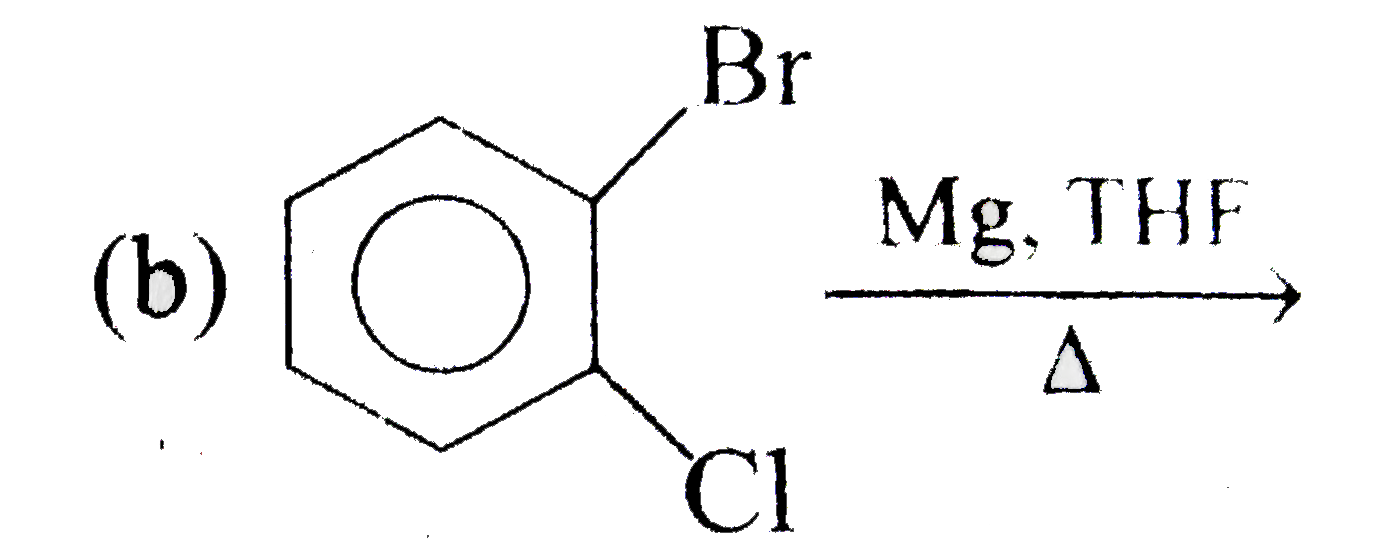 C
C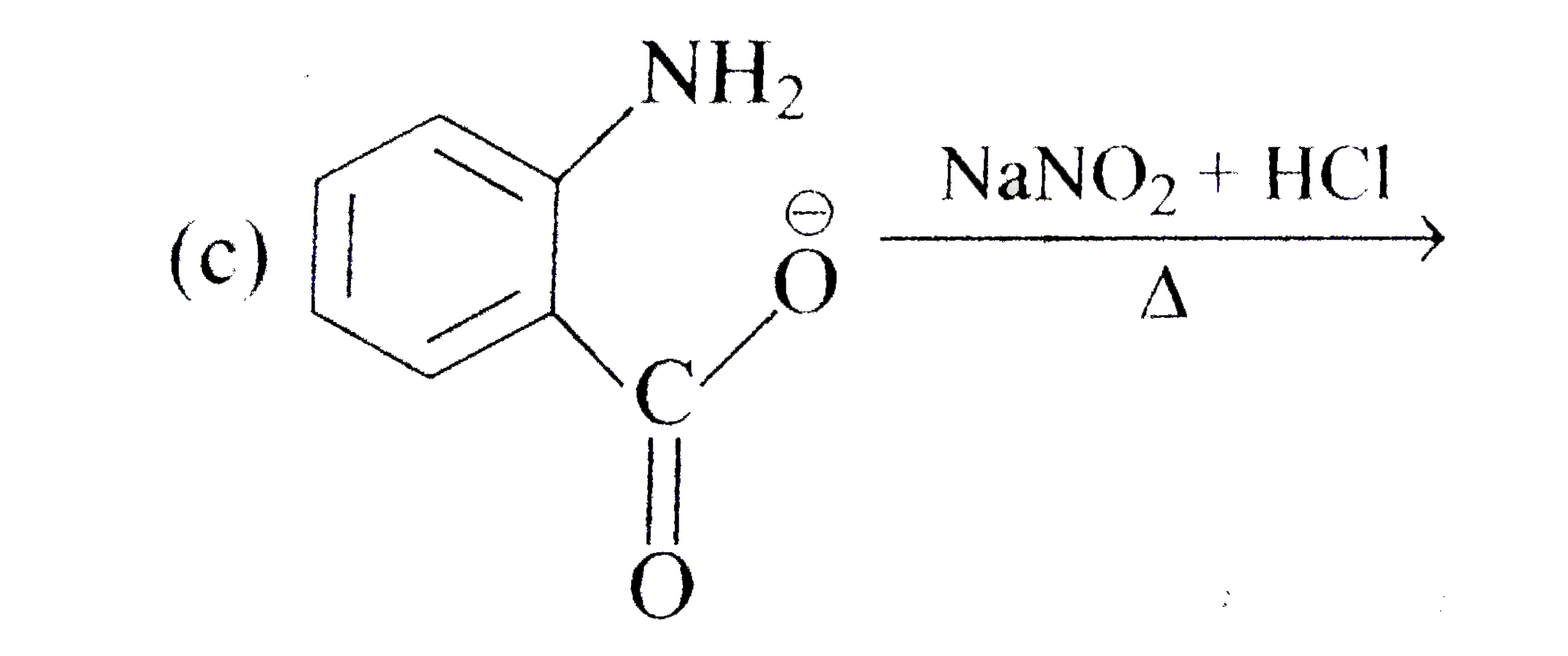 D
D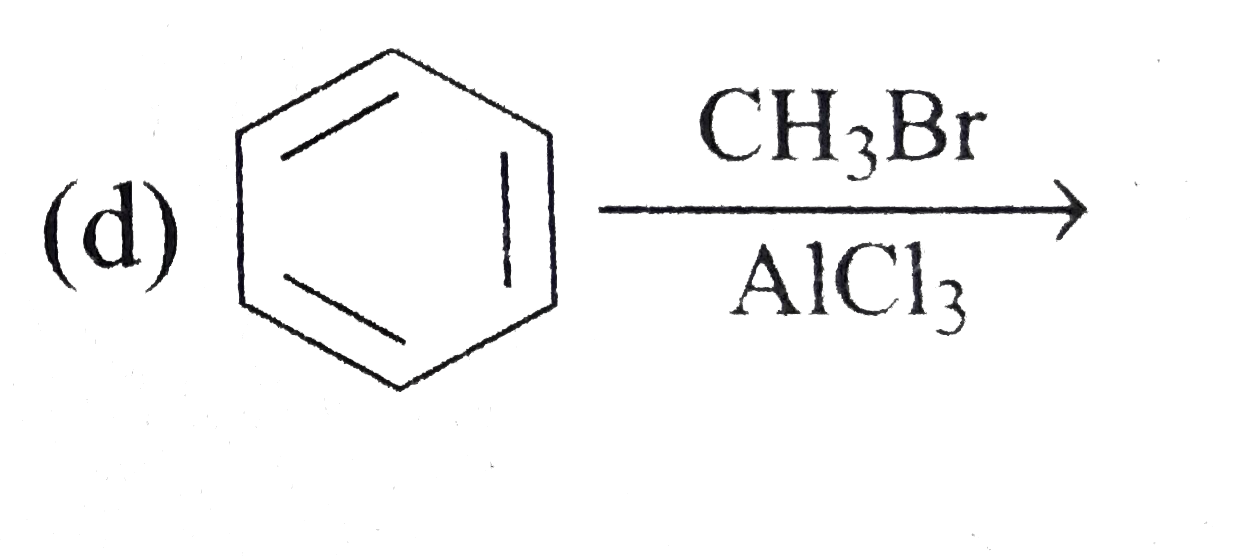
- Question 2 - Select One or More
Which of the following reactions involve free radical as intermediate ?
A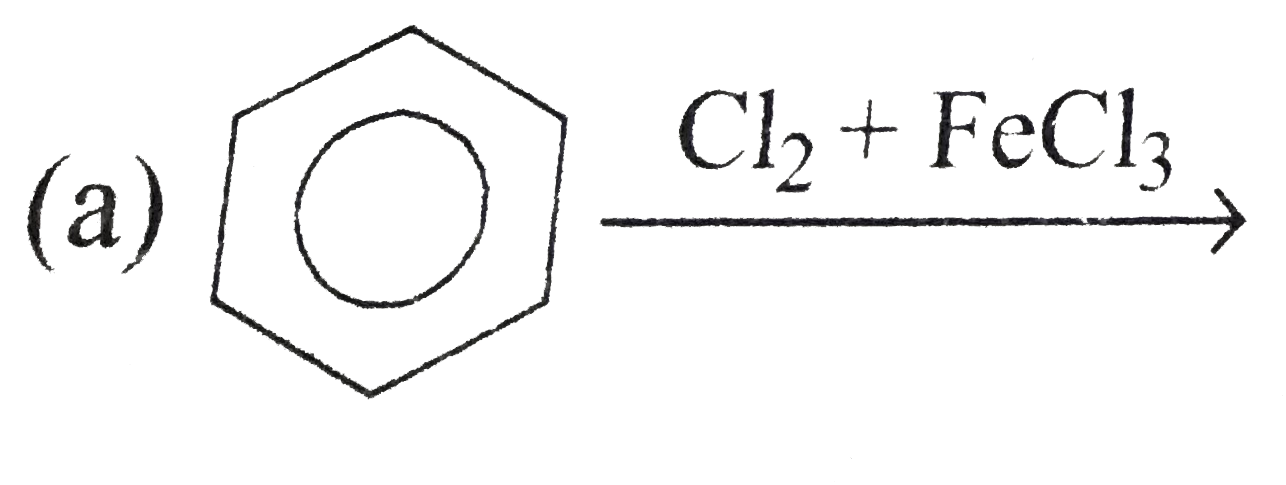 B
B C
C D
D
- Question 3 - Select One or More
Which of the following are not ambident carbanions ?
A BɵCH2−CH=OC
BɵCH2−CH=OC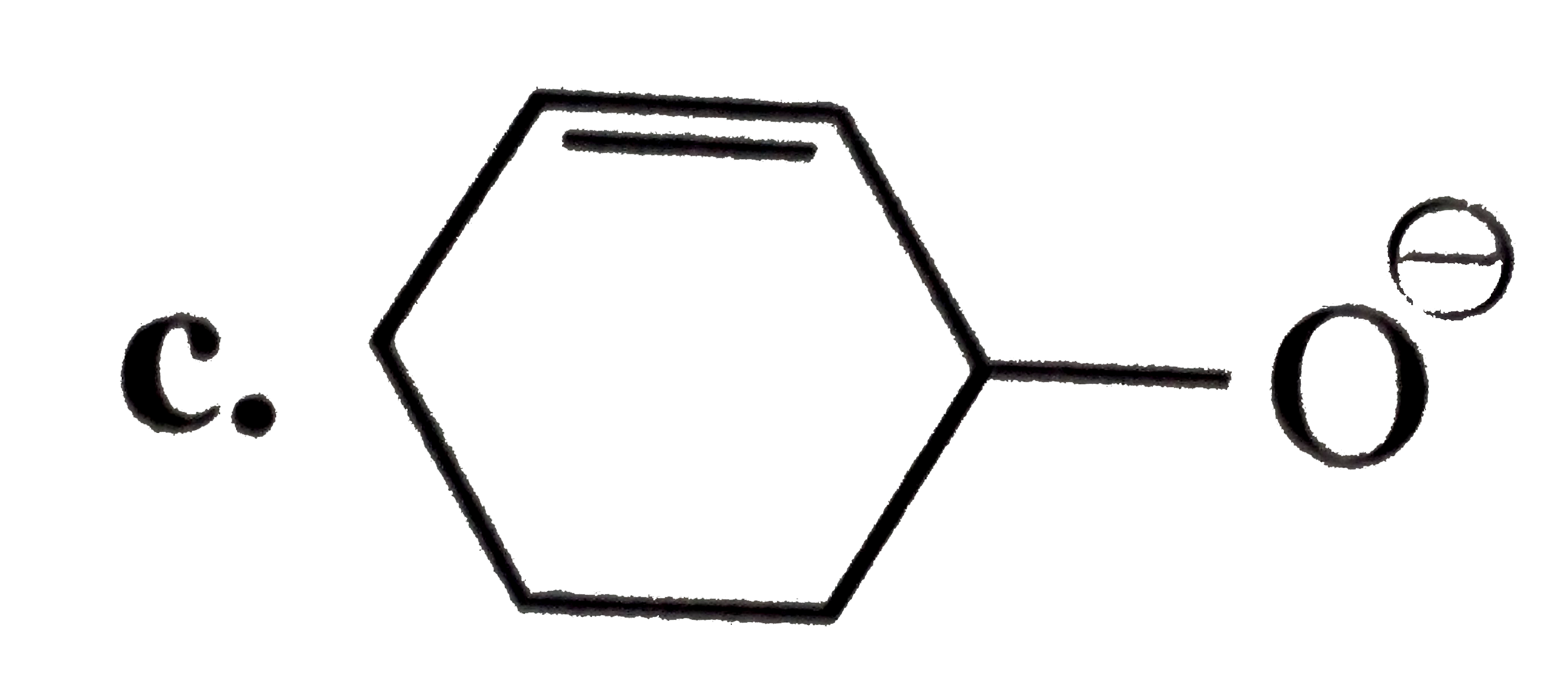 D
D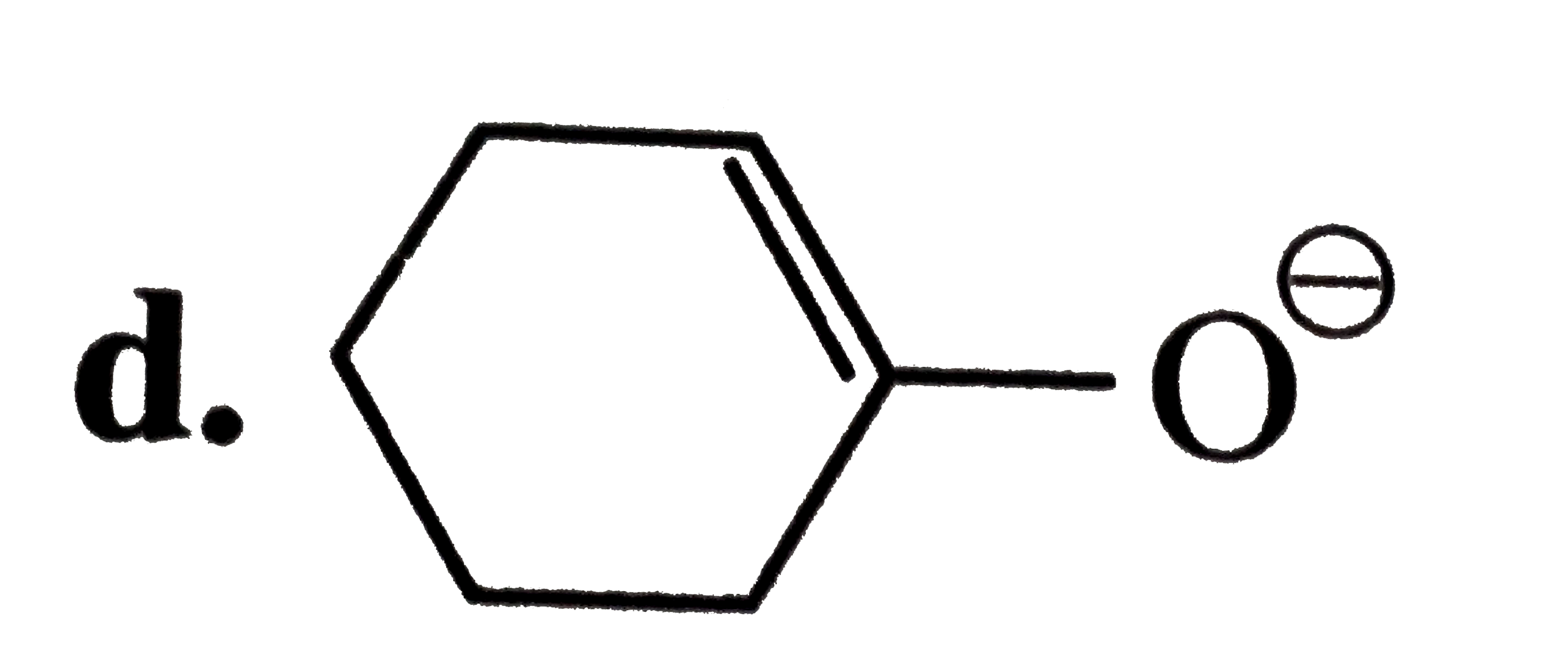
Which of the following reactions may be expected to involve nitrene as reactive intermediate?
View SolutionWhich of the following reaction mechanism doe not involves carbocation as an intermediate ?
View SolutionWhich of the following reaction will not proceed via carbanion intermediate ?
View SolutionWhich of the following correctly represents the stability of reactive intermediate?
View Solution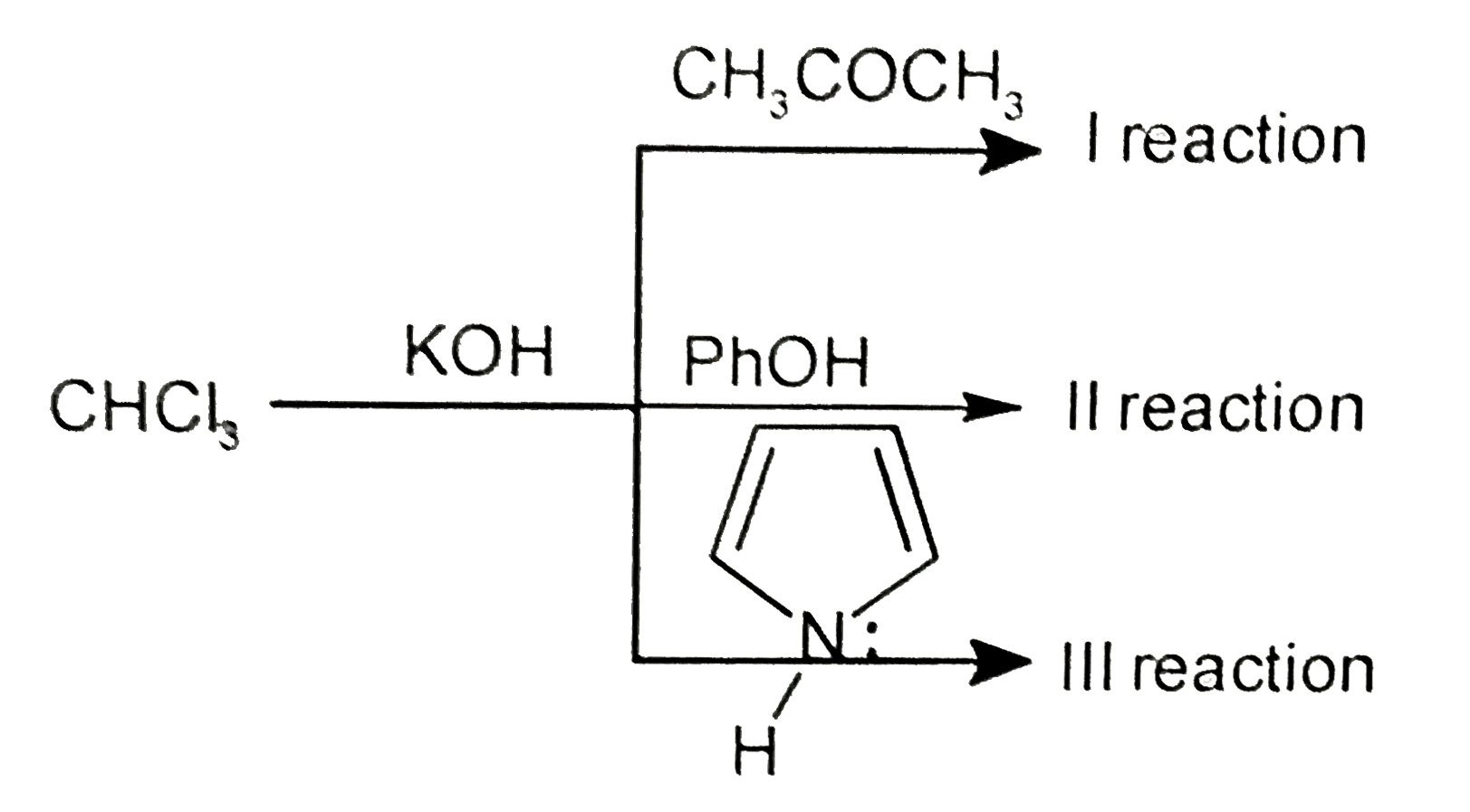
in which of the following reaction carbene is intermediateView Solution

